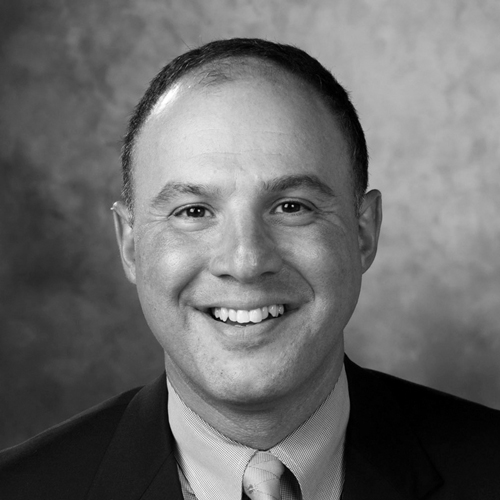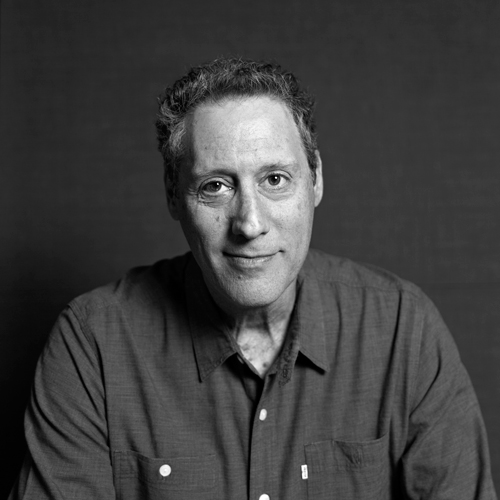Modern Counsel: What types of disputes do you commonly see?
Chris Collins: Sometimes they pertain to medical issues—whether someone is truly disabled under the definition of disability in his or her contract. Or it could be an issue of eligibility. For example, after two years your contract could state that to receive benefits, you not only have to be disabled from your own occupation, but any occupation. There are many other issues, though. It’s just about understanding those as well as how statutory law, common law, and the Employee Retirement Income Security Act (ERISA) work with respect to them.
MC: When did you decide to change your approach to those disputes?
CC: I grew up at the Paul Revere Life Insurance Company, which was acquired by Provident Companies in 1997. About three years later, Provident merged with Unum. On a standalone basis, each entity ran some of the largest disability claim operations in the country, and with their combination, the scale grew exponentially. There were challenges in bringing together a claims operation of that size.
MC: What were some of those challenges?
CC: It wasn’t that people were making wrong decisions, but that the approach we were taking to dispute resolution needed to be modernized. Because insurance companies are regulated by all 50 states, there are a multitude of laws, both statutory and common, plus ERISA at the federal level, that create myriad legal challenges in regard to the handling of claims. We realized that spotting those challenges early in the cycle instead of at the end, when a dispute arises, would be a better way to use our legal assets.
MC: What changes did you make to modernize the legal team?
CC: Today, the largest group of lawyers that works on claims at Unum doesn’t work on litigation or settle claims that are in dispute. We call them dedicated legal resources, DLRs for short. Their job is to work on active, open claims before those claims even get close to being a dispute. They work full-time advising our claims personnel in the progression of claims as they’re maturing.
MC: Given the number of claims you receive, those lawyers can’t review every one. How do you
determine which claims are prioritized?
CC: It takes the insight of people working in benefits operations to know there is an emerging legal issue they need some help with. We’ve gone through a real evolution in benefits to get people to feel comfortable using our resources and have the judgment to determine when to do so. It’s a real partnership.
MC: What happens when the DLRs can’t address the problem?
CC: You’d think the next stage would be to send the claim to litigation managers, but that’s not how we’ve structured our legal team. Instead, we try to take an enlightened view to resolving differences. We have another group of lawyers actively working to resolve disputes that might be headed toward litigation. We’ll work with policyholders—and sometimes their lawyers—to resolve the dispute before it gets into formal litigation.
MC: Some claims must end up in litigation, despite your team’s efforts. How do you approach these?
CC: The last stage of a dispute is with litigation managers, but even then, we try to encourage resolution. Even though we’ve already tried in two prior stages, we ask litigation managers to look at the cases again and give them a fair assessment. If there’s no way to find a resolution, we’ll prepare ourselves for litigation, but we’ll do so knowing we tried everything else.
MC: You’ve added a lot of steps to the process to try to reduce litigation. Is that process still efficient?
CC: In the past, emerging disputes would bloom into full-blown litigation, and we all know the most expensive way to resolve a dispute is through litigation. It costs us money, costs the policyholder money, and there’s opportunity cost. Today, we’re avoiding disputes. We have less than a third of the litigation today that we had 10 years ago. It’s been a steady progression down, year after year, and we still haven’t bottomed out.
MC: Did the reduction in litigation expenses come at the expense of more staffing costs?
CC: Our staff has actually decreased. It’s less than half of what it was in the early 2000s. That’s because we had many more litigation managers before. Our change to dispute resolution is a way to use fewer people in a more focused and enlightened way.

